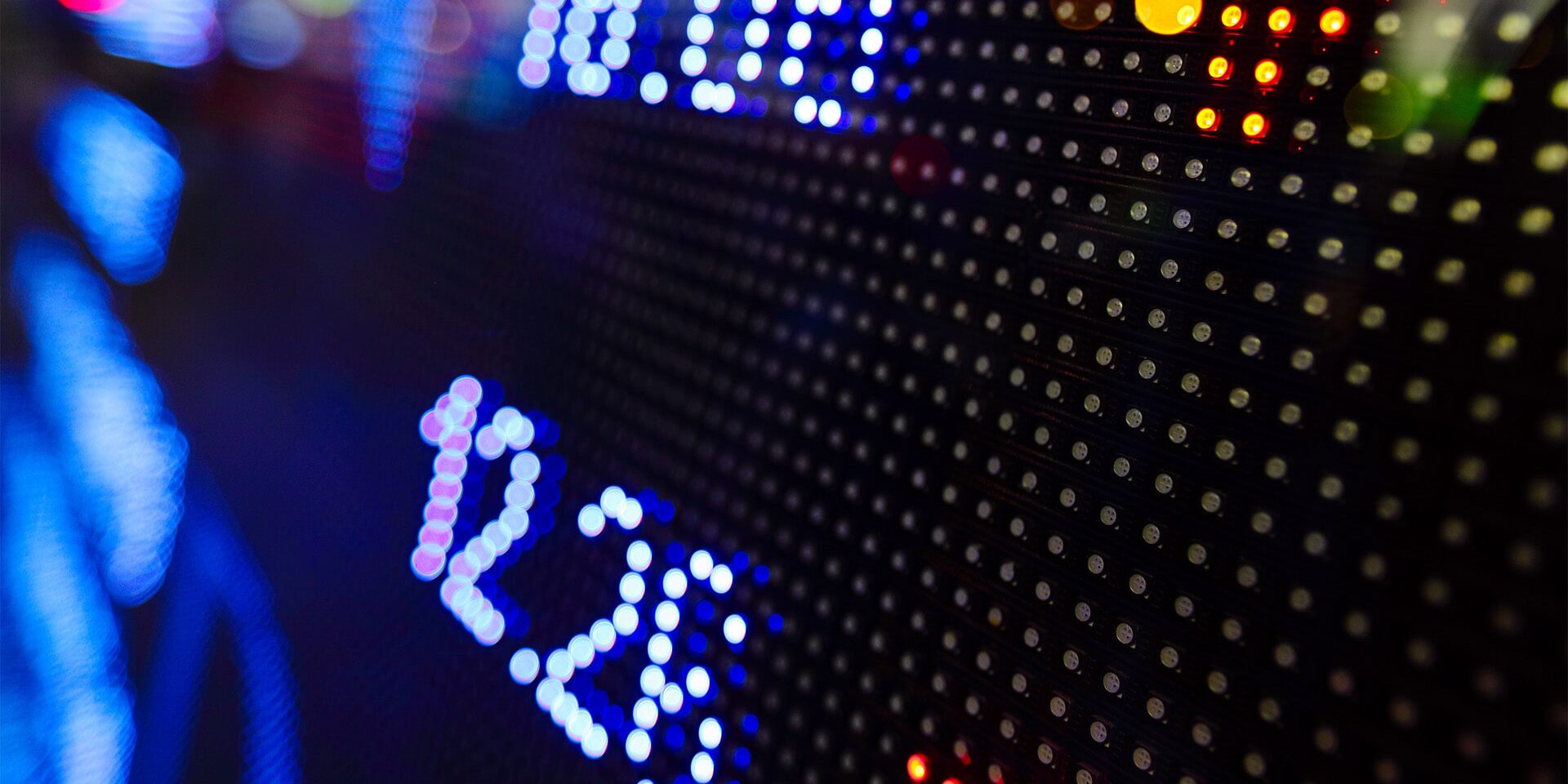In recent years, the integration of technology into architectural design has become more prevalent than ever. One of the most impactful elements in this shift is the use of LED display systems in modern buildings. From enhancing visual aesthetics to improving communication, LED technology is playing a transformative role in how structures are experienced both inside and out.
Architectural Integration and Aesthetics
Modern architects are no longer limited to traditional materials like glass, steel, or stone. LED displays now serve as dynamic design tools that can turn static surfaces into vibrant canvases. Whether used on building facades, lobbies, or exhibition spaces, these displays allow for real-time content updates and adaptable visual storytelling, making structures more engaging and interactive.
Functionality Beyond Design
Beyond aesthetics, LED display systems also serve practical purposes. They are frequently used for wayfinding, public information, safety alerts, and branding in large complexes such as airports, shopping malls, and corporate buildings. Thanks to their high brightness and energy efficiency, they provide excellent visibility even in daylight, without compromising sustainability goals.
Sustainability and Smart Cities
LED technology aligns well with green building standards. Compared to traditional lighting and display methods, LEDs consume less energy and offer longer lifespans. As cities move toward smart infrastructure, incorporating LED displays allows for data-driven communication with the public—whether it’s real-time transit updates or environmental metrics.
The Future is Adaptive
As urban environments evolve, the demand for flexible, digital, and modular visual solutions is expected to grow. Architects and designers are increasingly collaborating with technology providers to create buildings that are not only functional but also responsive to their environment and audience.






